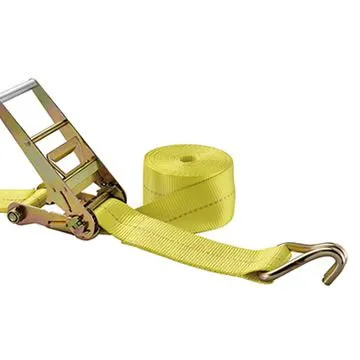9 月 . 11, 2024 18:11 Back to list
Ceiling Tie Wire - Durable & Reliable Support Solutions
The Importance of Ceiling Tie Wire in Construction
In the realm of construction and building safety, seemingly simple materials can often play a critical role in the overall integrity of a structure. One such material that may not receive the spotlight but is essential for ensuring safety and stability is ceiling tie wire. Often overlooked, ceiling tie wire is a vital component that supports ceilings, especially in commercial and industrial buildings.
What is Ceiling Tie Wire?
Ceiling tie wire is a type of wire that is used to suspend ceilings and, in many cases, other lightweight structures. Typically made from galvanized steel or similar metal, it is designed to resist corrosion and can withstand the weight of the materials it supports. The primary function of ceiling tie wire is to securely attach suspended ceilings to the primary structure of a building, preventing them from sagging or collapsing under various conditions.
Applications and Benefits
Ceiling tie wires are commonly used in a variety of applications, ranging from office buildings to warehouses and manufacturing facilities. In suspended ceiling systems, they are particularly important for maintaining uniformity and stability, allowing designers and architects the flexibility to create spaces that are aesthetically pleasing while adhering to safety standards.
One of the essential benefits of using ceiling tie wire is its ability to distribute weight evenly across the structure. This is particularly crucial in environments where heavy fixtures, such as lighting or HVAC systems, may be installed on or near the ceiling. Properly installed tie wires ensure that these additional weights do not compromise the ceiling's structural integrity.
ceiling tie wire

Furthermore, ceiling tie wire contributes to sound insulation. In many commercial settings, noise reduction is a significant concern. By employing a suspended ceiling system, which is adequately secured with tie wires, building owners can help prevent sound from traveling through structural components, leading to a quieter and more productive environment.
Installation and Best Practices
The installation of ceiling tie wire should be carried out by trained professionals who understand the specific requirements of the building and local regulations. Proper tensioning of the wire is crucial; too loose and the ceiling may sag, too tight and it may cause undue stress on the structure. Additionally, when installing ceiling tie wire, it is vital to follow the manufacturer's specifications and local building codes to ensure safety and compliance.
Another best practice is to regularly inspect the tie wires, particularly in older buildings. Over time, wear and tear can occur, and regular maintenance checks can prevent potential hazards. Ensuring that the wire is intact and adequately tensioned can avert severe consequences, including structural failures or accidents.
Conclusion
In conclusion, ceiling tie wire, though often an overlooked component in construction, plays a pivotal role in supporting and securing suspended ceilings. Its ability to provide stability, distribute weight, and enhance sound insulation makes it indispensable in modern building practices. As construction methods continue to evolve, the importance of materials like ceiling tie wire will remain a key factor in delivering safe, functional, and aesthetically pleasing structures. By understanding and appreciating the significance of ceiling tie wire, builders and architects can better ensure the longevity and safety of their projects.
-
Revolutionizing Interior Design with Ceilings t grid Suspended SystemNewsOct.29,2024
-
Revolutionizing Ceiling Design with ceiling access panel with Gypsum Tile WaterproofNewsOct.29,2024
-
Revolutionizing Interior Design with PVC Gypsum Ceiling: A Comprehensive GuideNewsOct.29,2024
-
Elevating Interior Design with High quality Mineral Fiber Ceiling TilesNewsOct.29,2024
-
Revolutionizing Interior Design with PVC Gypsum Ceiling: A Comprehensive GuideNewsOct.29,2024
-
Elevating Interior Design with High-Quality Mineral Fiber Ceiling Tiles: A Comprehensive GuideNewsOct.29,2024







